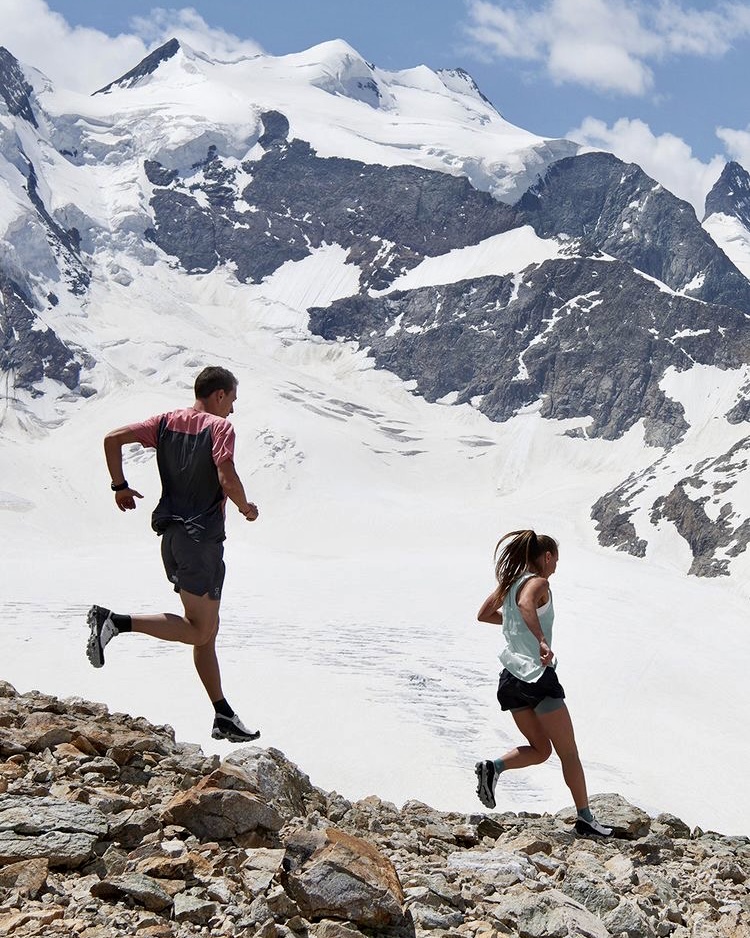Let’s find out how effective this can be. What is the impact of altitude training? Is progress in results guaranteed after a training cycle at altitude? How long and at what height do you need to achieve the desired effect? Is it possible not to go to the mountains and run/bike as fast? Are there any downsides to training at altitude?
🏔 At altitude, natural hypoxia occurs — the amount of oxygen that is delivered to the muscles while training decreases and blood oxygen saturation decreases. The higher mountains you climb, the lower the atmospheric pressure and the lower the oxygen pressure in the blood. This leads to a decrease in the ability of hemoglobin to bind oxygen. The body learns to use oxygen more efficiently by starting the process of increasing the area of capillaries and the number of mitochondria. The training effect in mountain conditions is manifested in an increase in the level of maximum oxygen consumption (VO2 Max) and lactate threshold up to 10%.
🏔 Most experts believe that the optimal heights for training are from 1800 to 2400 m above sea level. At an altitude of 3000 meters, the body’s ability to effectively regulate the activity of the cardiovascular and respiratory systems is sharply reduced. Higher doesn’t mean better!
🏔 Incorrect training process in mountain conditions — ultra-high loads, false alternation of work and rest — can lead to excessive stress and puna, mountain sickness. In order to avoid this, it is worth using the first week for acclimatization: exclude high-intensity loads, and recover more.
🏔 There is no single answer to the question — how long do you need to be high in the mountains? It all depends on your abilities, goal, available time, and tasks that you plan to solve. It is generally accepted that three weeks of mountain training is enough. Less than that is not as effective. But if you do not have so much time, then two weeks will do the trick.
🏔 Is progress guaranteed? Certainly not. The success or lack of it through training at altitude depends on many factors: your approach to training, your confidence in the training program and coach, the impact of everyday and training stress on your life, and the ability to overcome it, recover, and restore resources. It is not necessary to go to the mountains for training camps in order to progress in the results, the effect can also be achieved on the flatland. But if you have the opportunity to get out for a few weeks and do a cycle of training in the mountains, then this can certainly add new experiences and impressions to your preparation.
🏔 Competitions are best planned for the next day or two after arrival from the mountain camp, or after 15–20 days after returning to sea level. During this time, re-acclimatization and adaptation to new conditions should occur. Usually, athletes feel low energy and decrease in efficiency between the 3rd and 10th days after returning, but there are exceptions everywhere.
Training in the mountains is one of the few permitted ways to increase your racing abilities and form in a short period of time. Though it should be practiced individually and very precisely. To run/bike in the mountains or not — the choice is yours! But it’s always nice to change the picture and test your abilities in new conditions.
OMY! Sports is AI-powered individual adaptive training in a mobile app.
